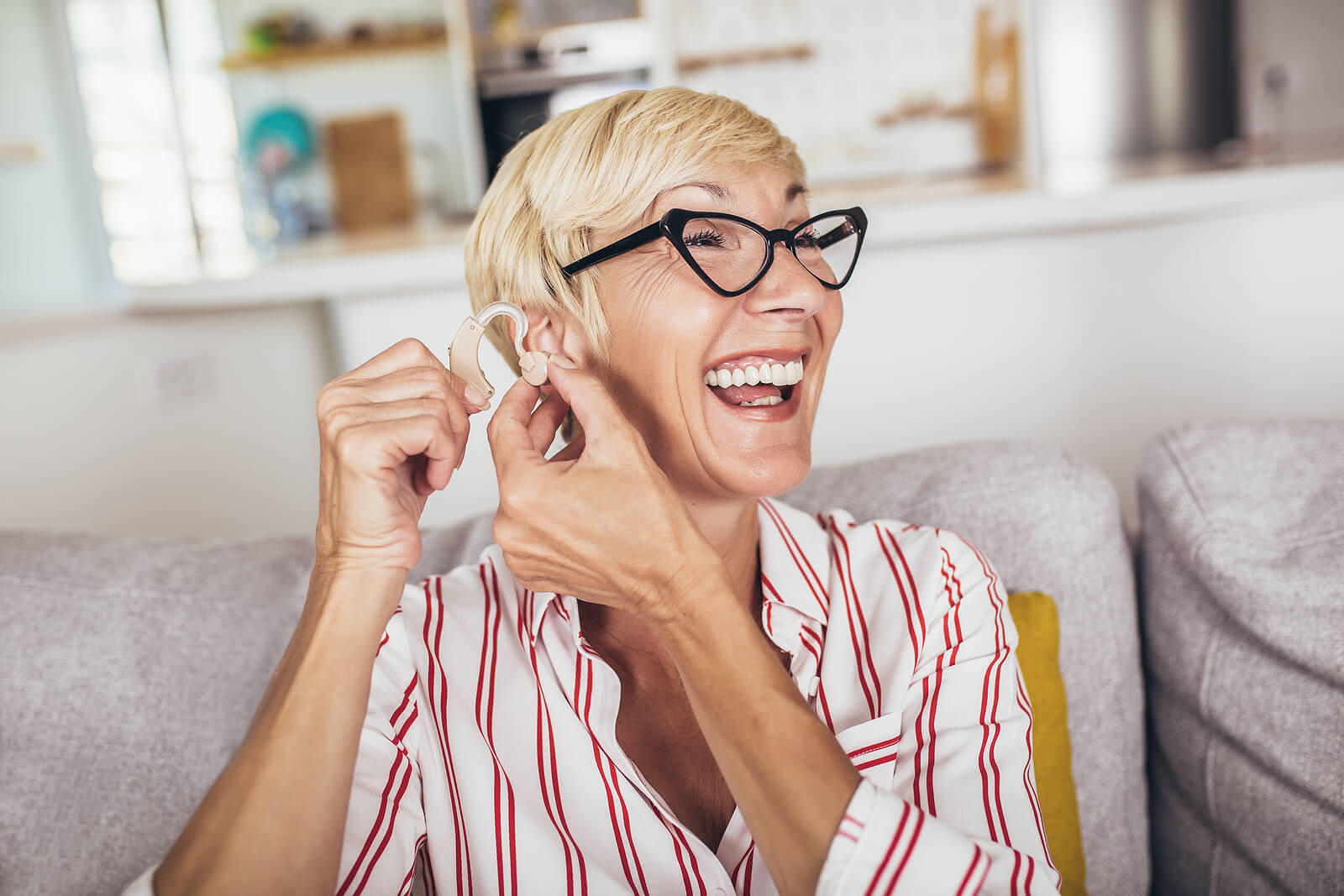
While silence can have its benefits, it can also make conversations feel like unsolved equations. Struggling to hear friends, family, or even the punchline of a joke can be frustrating, but the right hearing aids can restore clarity, comfort, and confidence in everyday interactions.
With so many options available, choosing the best fit can feel overwhelming. There are advanced technology, different styles, and various features that make the decision more complex. Understanding personal needs and knowing what to look for can make the process much smoother.
Understanding Personal Hearing Needs
Every individual experiences hearing loss differently. Some struggle with high-frequency sounds, while others find it difficult to hear in noisy environments. However, a hearing test with a hearing health professional can identify specific needs and guide the selection process. Lifestyle also plays a key role in finding the right device. Someone who enjoys social gatherings may need different features than a person who spends most of their time in quiet settings.
Identifying daily challenges helps narrow down the best options. Some individuals may also have medical conditions that affect their hearing, such as tinnitus or ear infections. Consulting with a hearing health professional can ensure that any underlying health concerns are taken into account. Addressing these factors leads to a more effective hearing aid choice.
Choosing the Right Style
Hearing aids come in various shapes and sizes, each designed for different preferences and levels of hearing loss. Behind-the-ear (BTE) models offer powerful amplification, while in-the-ear (ITE) styles provide a more discreet look. Completely-in-canal (CIC) options are nearly invisible but may not suit those with severe hearing loss. In all, comfort is just as important as appearance.
A well-fitted device should feel natural and stay secure throughout daily activities. Trying different styles with a professional ensures a comfortable and effective fit. Durability is another factor to consider. Some hearing aids are designed to withstand moisture, dust, and daily wear, making them ideal for active lifestyles. Choosing a model that fits both personal and environmental needs ensures long-term satisfaction.
Adjusting to a New Device
Wearing hearing aids for the first time requires patience, as sounds may seem too loud or unnatural at first, but the brain gradually adapts. Regular use and follow-up adjustments help make the transition smoother. It’s a good idea to practice in different environments for improved comfort and confidence. Watching television, having conversations in quiet rooms, and slowly introducing noisier settings can help the brain relearn sounds.
When to Upgrade or Replace
Technology continues to evolve, and older hearing aids may not offer the best experience. If conversations still feel unclear or background noise becomes overwhelming, an upgrade might be necessary. Newer models provide better sound processing, longer battery life, and improved comfort. Hearing changes over time, so regular evaluations are important. Adjustments can help maximize performance, but sometimes a new device is the best solution.
Staying informed about advancements ensures access to the best possible hearing support. Insurance coverage and financial assistance programs can make upgrading more accessible, so checking for available benefits can help reduce costs and provide better options. Investing in newer technology can improve everyday interactions and overall well-being.

Virtual Support Groups for People with Hearing Loss
Matthew Favinger, M.S., F-AAA

Understanding the Anatomy of the Ear
Matthew Favinger, M.S., F-AAA

